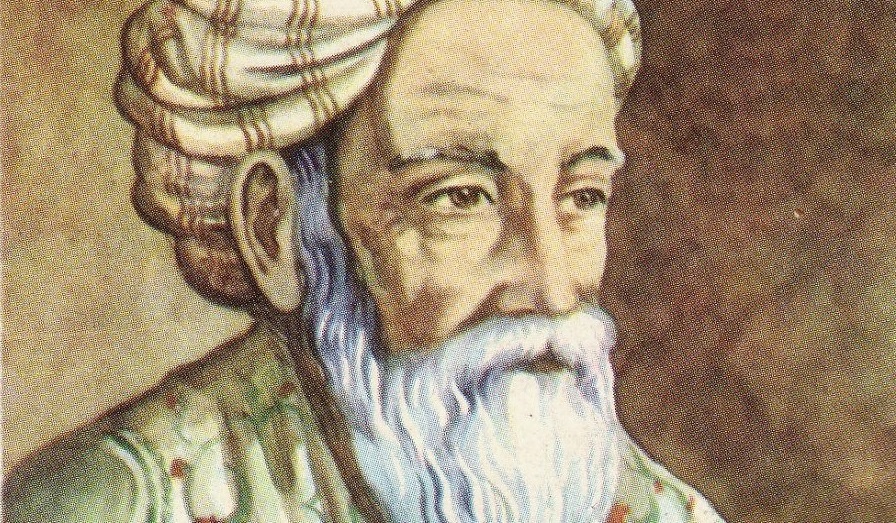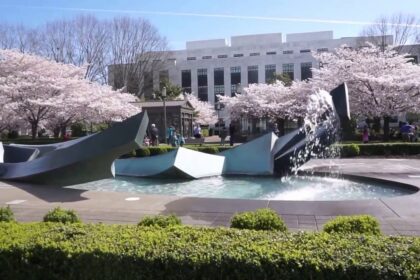Omar Khayyam was a Persian mathematician, astronomer and poet. He was born in Nishapur, in northeastern Iran, and spent most of his life near the court of the Karakhanid and Seljuq rulers in the period which witnessed the First Crusade. Take a look below for 30 more interesting and fun facts about Omar Khayyam.
1. As a mathematician, he is most notable for his work on the classification and solution of cubic equations, where he provided geometric solutions by the intersection of conics.
2. Khayyam also contributed to the understanding of the parallel axiom.
3. As an astronomer, he designed the Jalali calendar, which is a solar calendar with a very precise 33 year intercalation cycle.
4. There is a tradition of attributing poetry to Omar Khayyam, written in the form of quatrains. This poetry became widely known to the English-reading world in a translation by Edward Fitzgerald.
5. In 1070, Khayyam wrote an important treatise on algebra titled, Treatise on Demonstration of Problems of Algebra.
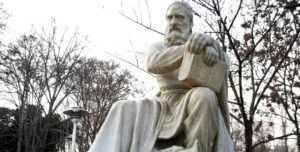
6. He studied under the Arab scholar, Sheikh Muhammad Mansuri in present day Afghanistan.
7. Khayyam was a student of the great teacher, Imam Mowaffaq Nishapuri.
8. Khayyam became a famous teacher of algebra and geometry and the court astrologer.
9. During his lifetime, he became famous as a mathematician and his work contributed significantly to the development of non-Euclidean geometry.
10. His Treatise on Demonstration of the Problems of Algebra derived methods for solving cubic equations and contained the triangular array of binomial coefficients known as Pascal’s triangle.
11. It was his work that was largely responsible for transmitting Arab mathematics to Europe.
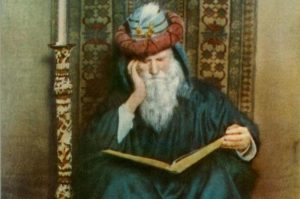
12. He wrote a book titled Explanations of the Difficulties in the Postulates in Euclid’s Elements, which is considered a first attempt at formulating a non-Euclidean postulate.
13. Khayyam’s theories were improved on in 1650 by Giordano Vitale.
14. Like the majority of Persian mathematicians of the period, Khayyam was also an astronomer.
15. In 1079, Khayyam was asked to be part of the committee that Seljuk Sultan Malik Shah I formed to reform the calendar.
16. His Persian calendar contained eight leap years every thirty three years.
17. Khayyam’s Jalali calendar contained 365.2424 days per year. The modern Iranian calendar is based on these calculations.
18. He’s best known in the west for the poem, the Rubaiyat of Omar Khayyam.
19. In 1970, a crater on the Moon was named after him.
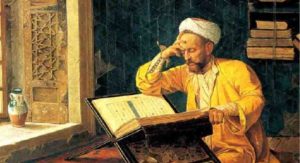
20. During the day, it was said that he would teach algebra and geometry, while at night he would study astronomy.
21. It’s believed that he has written at least 1,000 four line verses of poetry.
22. The treatise of Khayyam is considered as the first of parallels and axioms.
23. Since Khayyam translates to “tent maker,” it’s believed that he was born into a family of tent makers.
24. Khayyam considered himself intellectually to be a student of Avicenna. According to Al-Bayhaqi, he was reading the metaphysics in Avicenna’s the Book of Healing before he died.
25. There are six philosophical papers believed to have been written by Khayyam. One of them, On Existence, is written in Persian and deals with the subject of existence and its relationship to universals.

26. Many biographical extracts called Khayyam the epithet King of the Wise and esteem him highly as a mathematician and scholar.
27. The earliest allusion to Khayyam’s poetry is from the historian Imad ad-Din al-Isfahani, a younger contemporary of Khayyam, who explicitly identifies him as both a poet and a scientist.
28. In addition to the Persian quatrains, there are 25 Arabic poems attributed to Khayyam, which are attested by historians such as al-Isfahani, Shahrazuri and Hamdallah Mustawfi.
29. A popular claim to the effect that Khayyam believed in heliocentrism is based on Edward Fitzgerald’s popular but anachronistic rendering of Khayyam’s poetry, in which the first lines are mistranslated with a heliocentric image of the Sun flinging, “the Stone that puts the Stars to Flight.”
30. Khayyam was the first to geometrically solve every type of cubic equation, so far as positive roots are concerned. The treatise on algebra contains his work on cubic equations.

